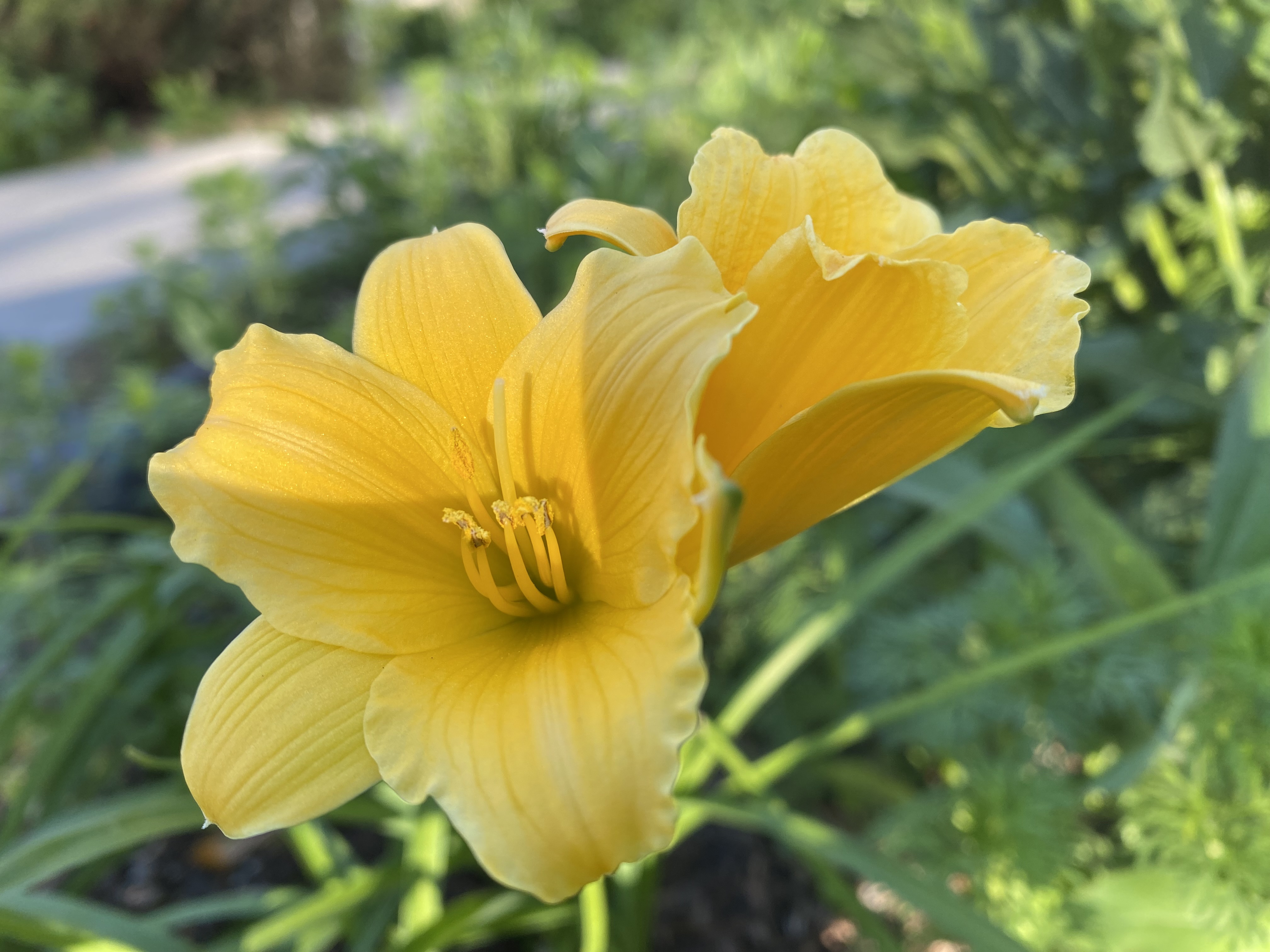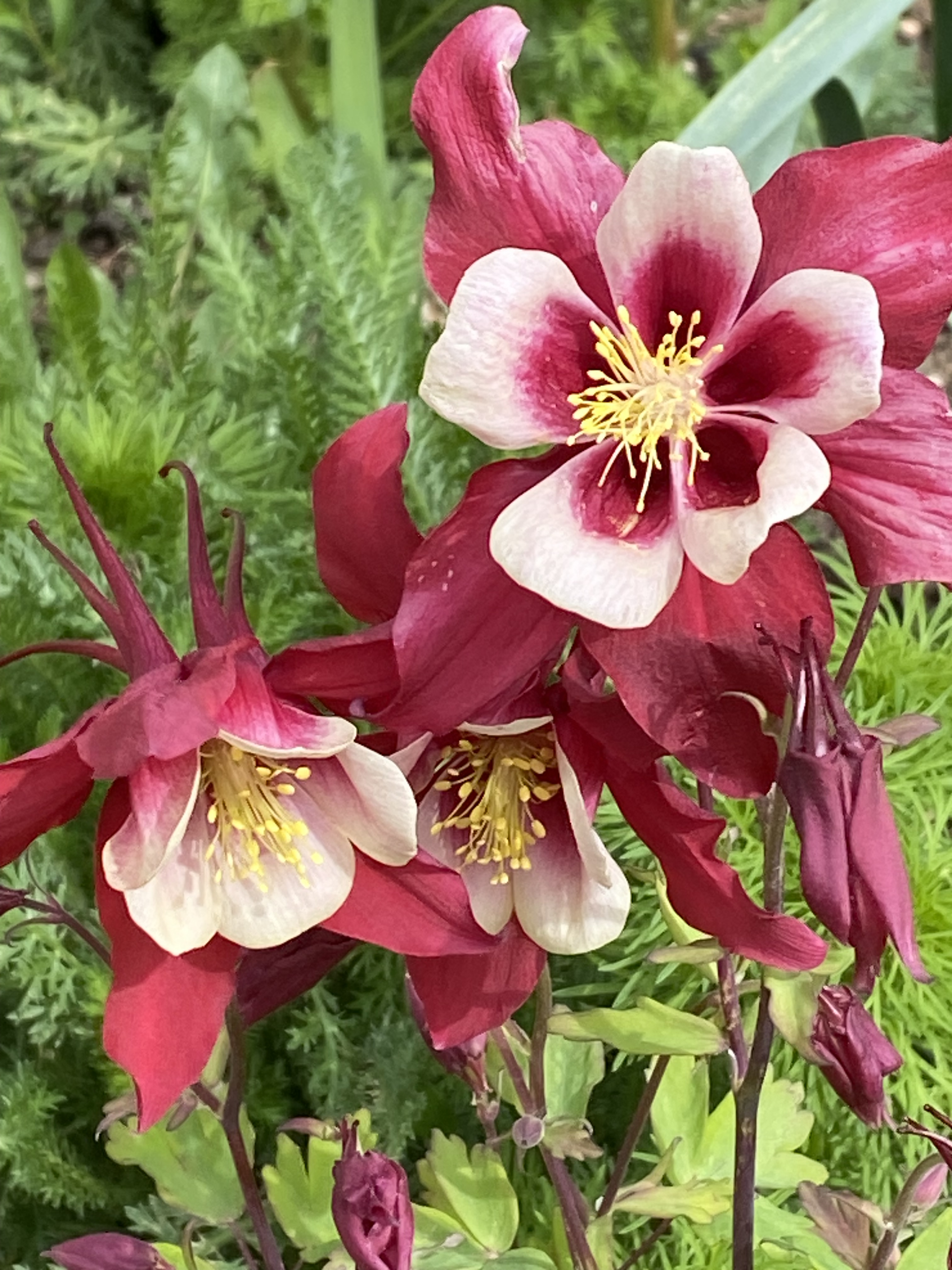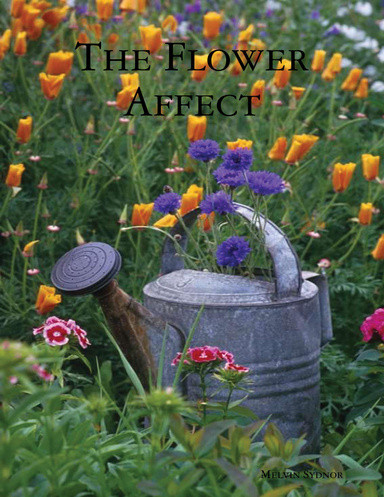
The daylily, known by its botanical name Hemerocallis, is a perennial flower that has captivated gardeners for centuries. Originating from Asia, the daylily was introduced to Europe in the 1500s and has since become a staple in gardens worldwide due to its adaptability and vibrant blooms. Cultivation of daylilies is straightforward, thriving in full sun and well-drained soil, and they are appreciated for their ability to attract butterflies while being low-maintenance, disease-free, and pest-resistant. Cheers






